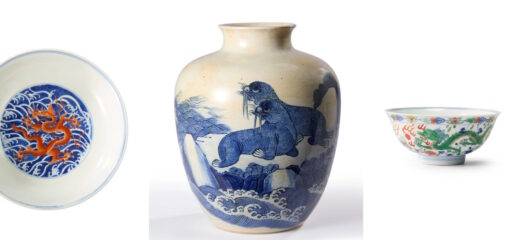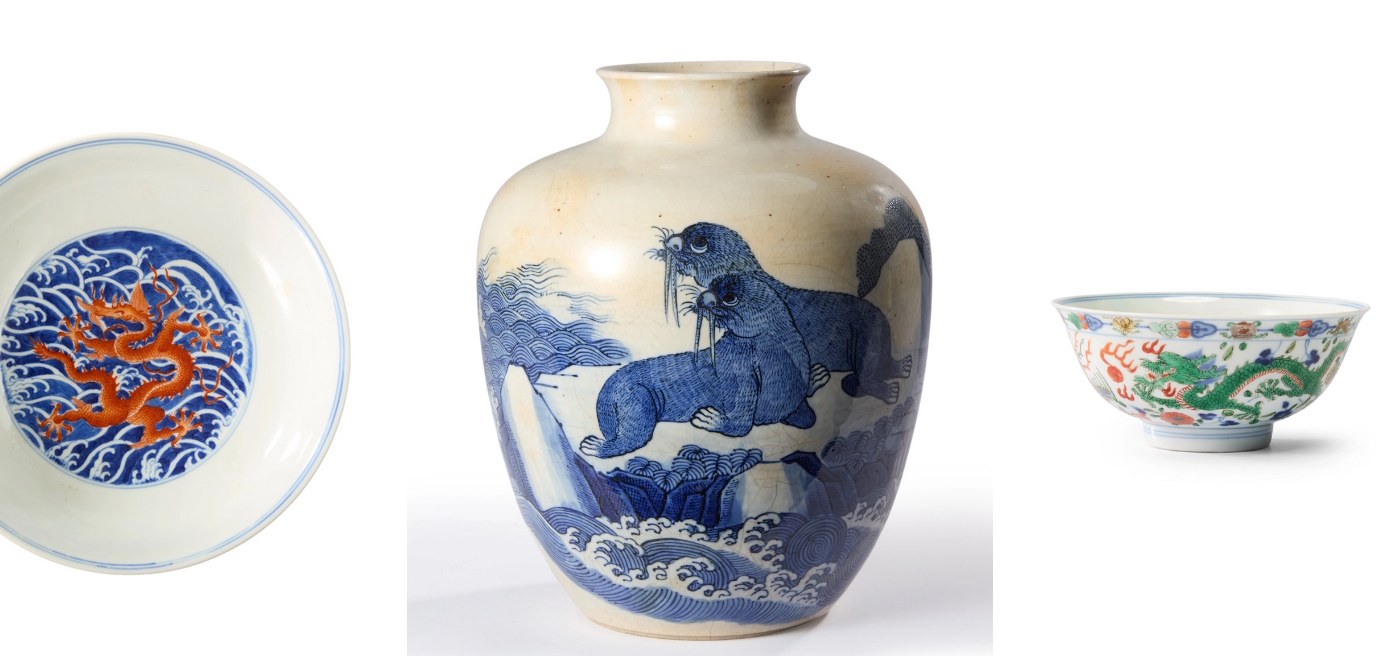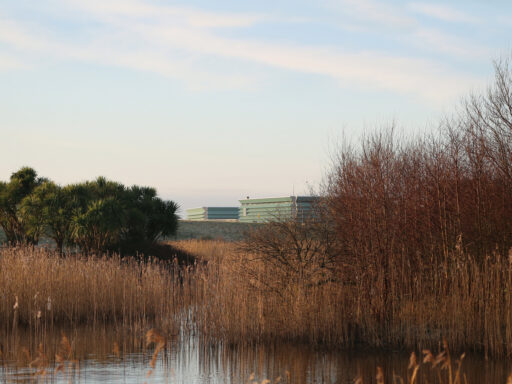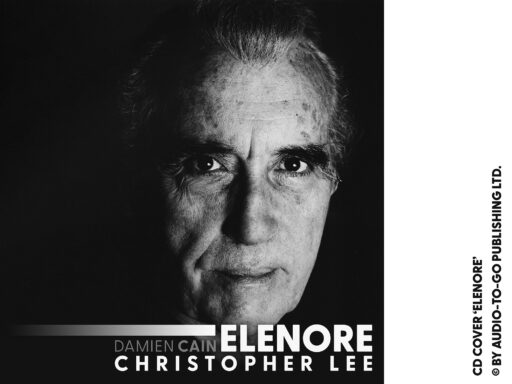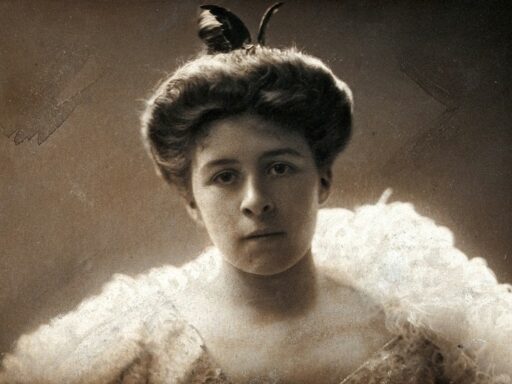A remarkable Qing dynasty porcelain vase — thought to be the only example depicting walruses in Chinese ceramics — is set to go under the hammer this May in London, offering collectors a rare glimpse into a period of dynamic cultural exchange.
Roseberys London has announced the sale of a unique Kangxi-era blue and white soft-paste ‘walrus’ vase featuring an unprecedented design: a pair of walruses perched above stylised waves. This extraordinary piece will be offered in the Asian Art auction taking place on Tuesday, 13 May at 10am.
Measuring 23cm in height, the soft-paste porcelain vase is painted in vivid cobalt tones and exhibits a refined glaze with characteristic craquelure. Its subject matter — never before seen in Qing porcelain — sets it apart as a singular artistic and historical artefact.
More than a beautiful object, the vase serves as a material reflection of the intellectual currents of the Kangxi reign (1662–1722), a period marked by the Emperor’s deep interest in science, nature, and foreign cultures, greatly influenced by Jesuit scholars at court.
“This is truly a once-in-a-generation discovery,” said Bill Forrest, Head of the Asian Art department at Roseberys. “There is no other recorded example of walruses on Chinese porcelain, making this vase an utterly unique window into the cultural and scientific dialogues that defined the Kangxi era.”
Jesuit Knowledge and Qing Imagination
The Kangxi Emperor’s enthusiasm for Western learning was largely facilitated by Jesuit missionaries such as Ferdinand Verbiest, whose expertise in astronomy, cartography and natural history greatly enriched the imperial court’s understanding of the wider world.
It is believed that the walruses on this vase were inspired by Western natural history books and hybrid Chinese publications like the Illustrated Records of Sea Monsters (海怪图记), which blended European engravings with Chinese ink painting to depict exotic — and at times mythical — creatures.
A Vessel of Cross-Cultural Curiosity
Far from being a mere decorative piece, this vase embodies the openness of Kangxi’s court to external ideas and imagery. It stands as an artistic manifestation of an empire actively engaging with global perspectives through art and science.
Whether the design was influenced by Jesuit illustrations, stories from abroad, or real-life spectacles — such as Kangxi’s reported viewing of a live seal brought by Korean emissaries — the vase symbolises an era in which the Qing dynasty looked outward with inquisitiveness and imagination.
For museums, scholars, and collectors, this is a rare opportunity to acquire a peerless piece of Qing porcelain: the only known ‘walrus’ vase produced during the Kangxi period.
Appointments to view the vase are currently available at Roseberys London.

